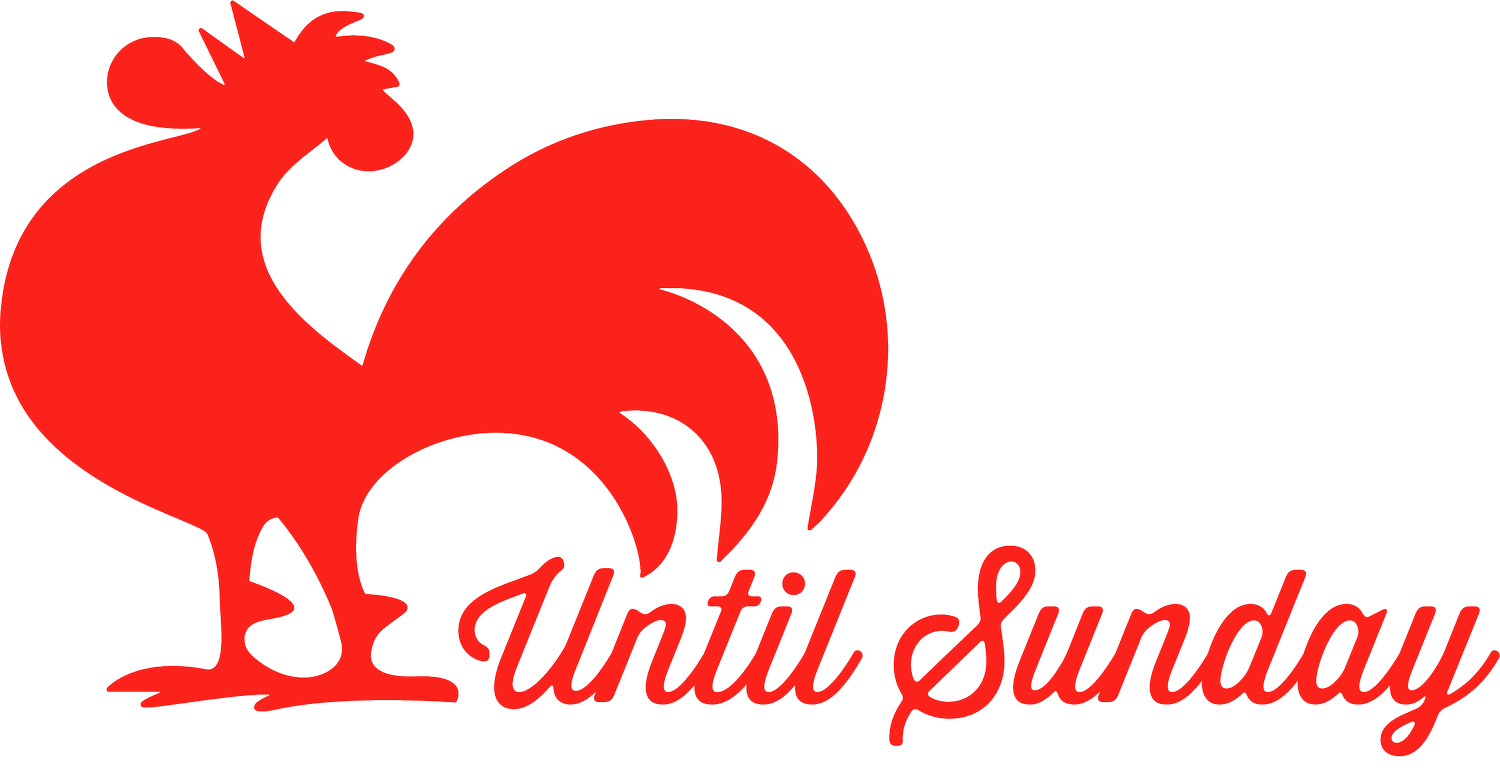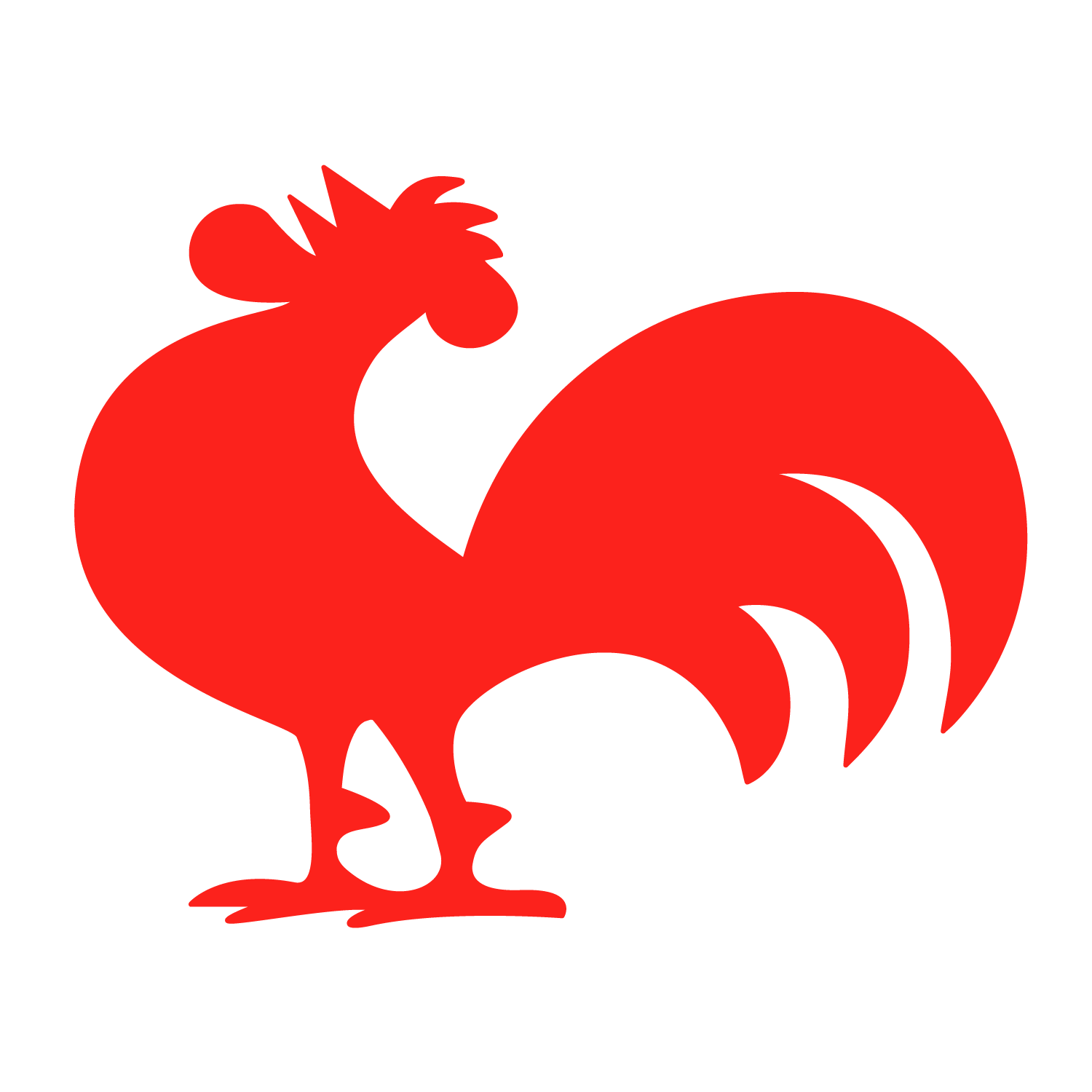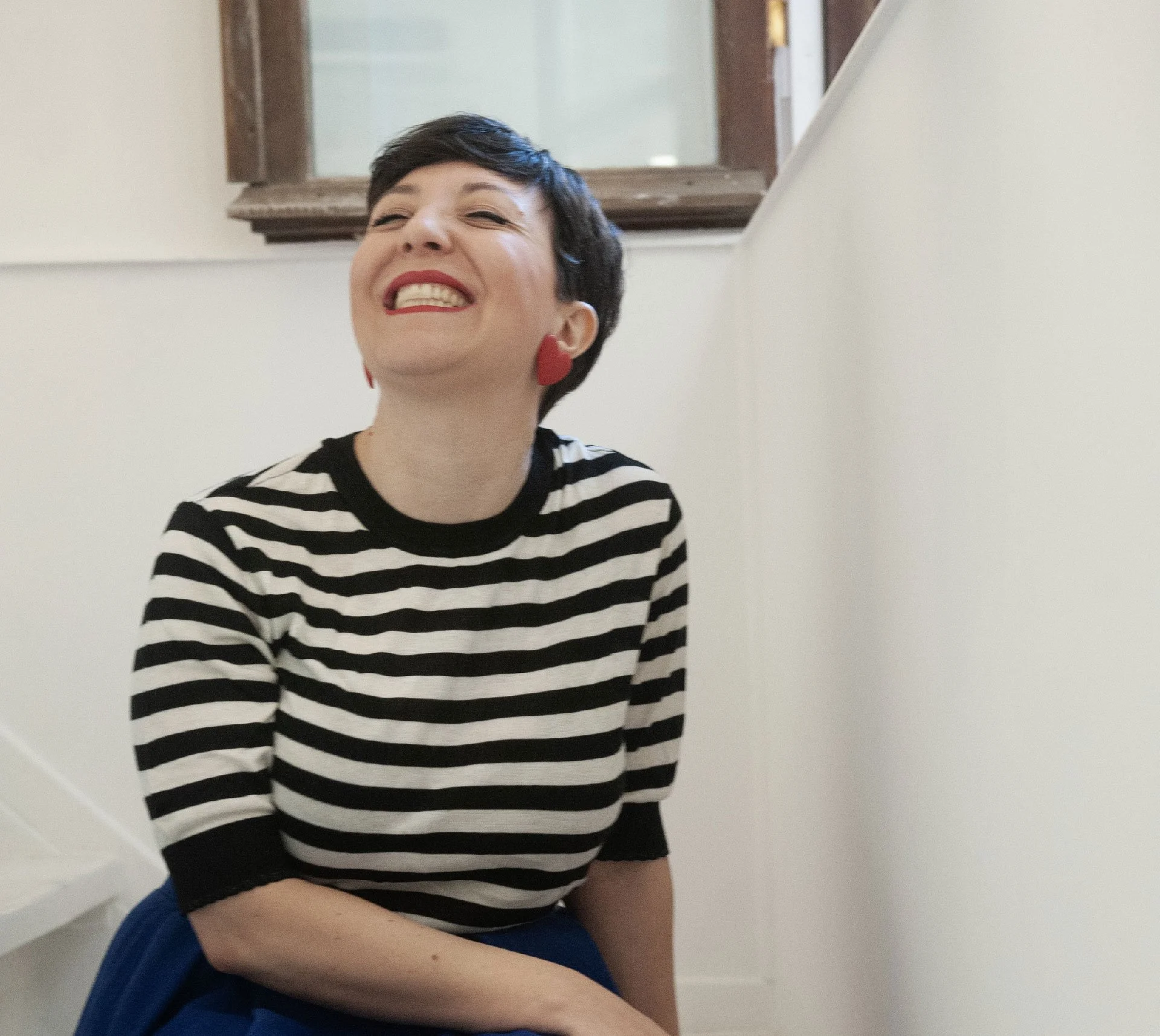#24. Summer, Framer and Feeling Stupid
This newsletter belongs to “The Sunday Tales Summer Edition”.
These summer letters are a bit lighter, a bit slower, just like the season.
But they’re also an opportunity: a chance to treat these months as an open campus, to learn something new, reflect on my process, and find better ways to do the work I care about.
It's summer in this beautiful part of the world, and while there's a lot going on in my daily routine, the heat is slowing everything down, including me.
Still, something unexpected happened this week: I built and launched an entire website.
Start to finish. Design and development. All of it.
The beach I escaped to after launch. The proof that even tough learning curves can end with sand between your toes.
I haven't announced it yet, but I'm currently collaborating with Mini Studio, a startup on a mission to democratise children's cartoons through AI.
It's a lovely place to work, especially for someone like me, deeply into storytelling.
As often happens in startups, you end up wearing many hats, and this time I found myself in charge of building their new website using Framer, a tool that, if you believe the trailers, makes web design “easy".
A bit like how assembling IKEA furniture is “easy"… if you already know what you're doing and have the right tools to hand. :)
Spoiler: it wasn't easy.
But I learnt a lot.
Not just about breakpoints and layout shifts, but about the strange discomfort of learning something new as an adult, that familiar, nagging feeling of “I should know this by now."
Here's how I tried to make it less painful, in the hope it might help next time you step into something unfamiliar.
Still smiling. Even after breakpoints, bugs, and a dozen Framer tutorials later.
Beginning: Collaborate early to avoid messy changes later
Especially when you're working in an environment you're not yet familiar with.
Before touching the UI, I collaborated closely with the content team, using simple Google Docs and barebones wireframes. Nothing fancy, just enough to sketch direction and tone.
This kind of early collaboration is good UX practice in general, but here it was essential. I didn't want to juggle too many variables at once: a new tool and content changes happening mid-build.
It wasn't pretty, but it got us aligned quickly, and saved hours down the line.
Plus, while they shaped the copy, I had a bit of breathing room to watch Framer tutorials and get my bearings.
(Special thanks to Nandi, your videos were a lifesaver! Here the link to his YouTube channel)
Middle: Design in your comfort zone (at least to start)
I designed the most complex pages, Home and About, in Figma first. It helped me think more clearly and gave me space to ease into Framer at my own pace.
There’s a plugin that lets you copy layouts from Figma into Framer, but it only plays nicely if your design is clean and straightforward. The moment you start placing elements outside containers, things begin to fall apart.
This stage was also a second point of collaboration.
I brought the team’s feedback in here, before things moved into Framer, where I had less control. I also worked closely with the video animators to develop visuals that paired meaningfully with the copy. Animations that didn’t just decorate the page, but helped bring the company’s message to life.
Eventually, I realised it was better to build the remaining pages directly in Framer. That way, I could better understand the tool’s limits, and respect them.
Spoiler: I learnt that the hard way. :)
End: Embrace discomfort and release the judging voice.
For the remaining pages, I switched to building directly in Framer. It wasn’t the smoothest ride, understanding how positioning works, dealing with breakpoints, making sure everything was responsive. At one point I was deep in a maze of “absolute vs relative” and genuinely wondered if I’d made a mistake.
But eventually, things started to make sense.
Framer surprised me with some thoughtful features too, solid SEO options, easy form and cookie components, even a simple DNS connection. The finishing touches felt oddly satisfying.
I also set up a staging area, something I’d highly recommend if you’re working in a fast-moving environment. I’m already imagining future updates and iterations with the team, so I’ve built in a release cycle that allows for safe testing, version control, and gradual improvements over time.
Pro tip: Treat your site like a product, not a one-off.
And so, I’ve been thinking:
Learning something new is uncomfortable.
As an adult is strange. You’re supposed to be good at things by now. You’re supposed to know what you’re doing. And when you don’t, it’s easy to slip into judgement: “Why am I so slow? Why can’t I figure this out?"
I’ve felt this before: when learning Japanese, when moving to a new country, and now again, inside a tool like Framer.
But here’s what I’ve noticed: the discomfort doesn’t mean you’re failing. It means you’re expanding.
And the moment you let go of the judgement, the inner voice that says you should already be good, you start to enjoy the process more.
Not because it’s easier. But because you stop blaming yourself for the hard bits.
That shift in mindset is, in itself, a kind of progress.
Want to read the first chapters of my book – for free?
I’m currently writing a book about storytelling for designers. It’s been years in the making, and I’m finally ready to share it, one chapter at a time.
Join my newsletter The Sunday Tales to become one of the first readers. You’ll get exclusive access to the early drafts, plus the chance to help shape the book through your thoughts and feedback.



